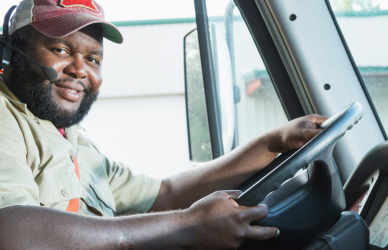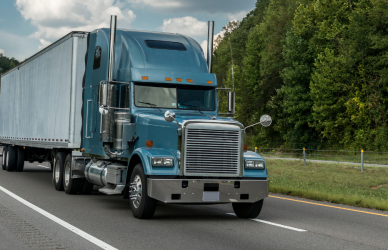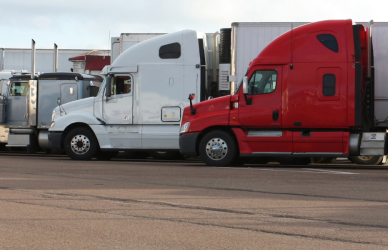The idea of autonomous trucking was introduced to the world in 2016 to JB Hunt’s executive team. Initially, there was not a lot of information and many did not believe that they would see technology like this during their lifetimes. Craig Harper is the one to introduce this concept to JB Hunt.
This past summer it became more and more of a reality as pilot projects and some companies and carriers have already taken up and shown some success. Truck News reports that “Tests with Waymo’s highly autonomous trucks led to a formal strategic alliance with the fleet, and a six-week pilot project saw freight from Wayfair hauled along the I-45 corridor between Houston and Dallas.”
Harper expressed that pilots like Waymo’s are working great. Many were surprised at how these autonomous trucks are capable of noticing things like hazards on the road as well as vehicles that are not moving or stalled. Waymo, which was founded in 2009 as Google’s self-driving car project, has been focusing on trucking since 2017 through Waymo Via. And the trucks are clearly more advanced than a standard tractor. Through a partnership with Daimler Truck, Waymo is now launching highly autonomous Freightliner Cascadias into the market, complete with a sensor suite that incorporates lidar, radar, and cameras to sense the world around them.
The JB Hunt project’s autonomous performance has been excellent, with things like consistent lane centering and speed profiles outperforming human benchmarks. Autonomous trucks have fewer limitations. For example, an autonomous load running from Los Angeles to Houston could conceivably be completed in only one day because there are no limits as to the Hours of Service that would normally exist with a driver. There are potential safety benefits, too. “Things like human factors, distraction, drowsiness, fatigue are attributed to over 90% of accidents, and an autonomous truck doesn’t get tired.”
There could also be operational benefits with things like fuel-saving strategies that could lower operating costs by up to 40% compared to having a driver behind the wheel. Autonomous vehicles would not be able to replace human drivers in every situation. The first pilot projects will concentrate on terminal-to-terminal highway transfers. However, they may alter the nature of the job.
Of course, there are many questions when it comes to this new way of trucking. There are things like pre-trip and post-trip inspections and others. Although we are cutting costs in other areas, will there be added costs elsewhere such as data management? Many consumers still have questions and concerns about autonomous trucking, but they will all soon be addressed. Click here for the full story!











